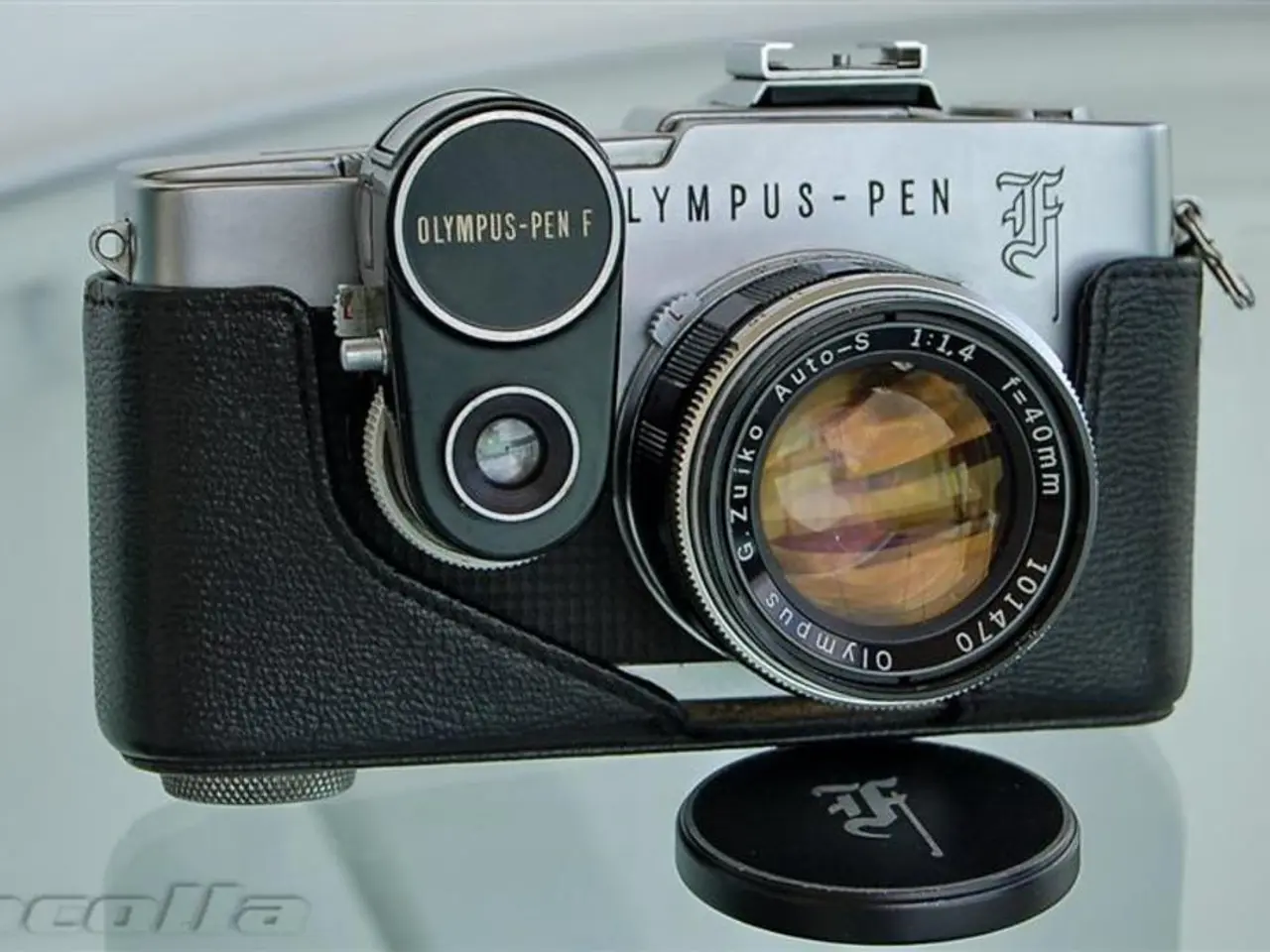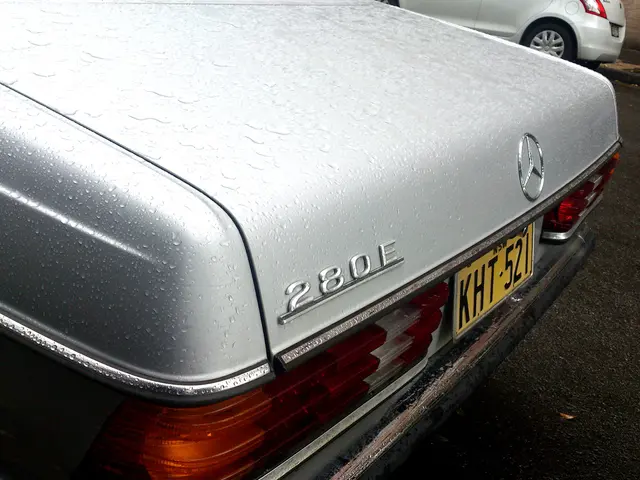Review of Olympus OM-D E-M1 Mark III Mirrorless Camera
In the realm of mirrorless cameras, the Olympus OM-D E-M1 Mark III stands out as a popular choice for underwater photographers, particularly when paired with Olympus and Panasonic lenses.
The E-M1 Mark III boasts a Micro Four Thirds sensor, which offers several benefits for underwater photography. Its smaller size and versatile lens options make it an ideal choice for portability and housing, crucial factors when diving. The camera is renowned for its ruggedness, weather resistance, and top-tier image stabilization, all of which are essential underwater.
One of the key competitors to the E-M1 Mark III is the Canon EOS M6 Mark II, which features an APS-C sensor with higher resolution and strong autofocus performance. While it offers some affordable wide-angle lens options, it might be bulkier underwater compared to the Olympus model.
Another contender is the Fujifilm X-S20, which also employs an APS-C sensor and offers excellent image quality, strong video capabilities, and a wide range of lenses. However, it is priced higher and might provide better overall versatility for mixed underwater and surface shooting.
The Nauticam Olympus E-M1 Mark III Underwater Housing includes an option for a vacuum monitoring system and built-in leak detection, adding an extra layer of safety for underwater use. For those on a tighter budget, the Ikelite E-M1 Mark III Housing offers a small size and low price point, making the E-M1 Mark III a good option for photographers seeking high-quality imagery at an affordable price.
The Ikelite housing features a Dry Lock Micro port system, keeping the overall package small and easy to travel with. This makes it an ideal choice for photographers who value portability and ease of use.
The E-M1 Mark III offers a host of features that make it especially appealing for topside-oriented photographers. It has 15fps [H]/10 fps [L] burst shooting with a mechanical shutter, handheld high res shot mode, live ND filter, electronic shutter, 4K video @ 30 fps with an OM-Log mode, and a 440 shot battery life rating.
The Olympus OM-D E-M1 Mark III is equipped with a 20.4 Megapixel Live MOS Sensor and a TruePic IX Quad Core Processor. It also features a 121 point cross-type phase detect AF system, 5 axis image stabilization up to 7 stops, a 2.36M dot electronic viewfinder, a 3 inch touch LCD, and is weathersealed.
When it comes to underwater lens options, the Olympus 7-14mm Pro lens delivers superior image quality for wide-angle shots, while the Olympus 60mm macro lens provides sharp 1:1 macro images. These lenses, along with the camera's impressive performance, make the Olympus OM-D E-M1 Mark III a strong contender in the underwater photography market.
In conclusion, while there are other options in the market, such as the Canon EOS M6 Mark II and Fujifilm X-S20, the Olympus OM-D E-M1 Mark III remains a favourite among underwater photographers due to its stabilization, rugged design, and Micro Four Thirds system lens advantages. The choice ultimately depends on factors such as sensor size preferences, available lenses, budget, and handling underwater.








